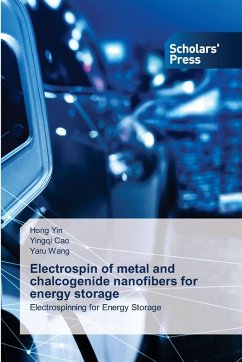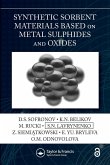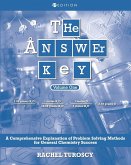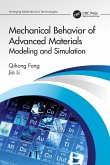This book presents a comprehensive overview of electrospinning technology as a central strategy for the preparation and functional design of advanced nanomaterials. Over the past two decades, electrospinning has emerged as a versatile and powerful method for producing nanoscale fibrous materials with precisely controllable morphology, orientation, and composition. Its unique electrostatic stretching mechanism enables the creation of molecularly aligned fibers with tunable nanoscale dimensions, endowing them with exceptional properties applicable to energy storage, catalysis, sensing, and biomedical systems.The book systematically explores electrospinning in four main material systems-metals, metal oxides, sulfides, and selenides-and delineates how structural regulation achieved through spinning translates into performance evolution across various functional domains.In the metal-based fiber systems, electrospinning offers a direct route to producing one-dimensional metallic networks with high conductivity and structural integrity. By dissolving metal precursors (e.g.,nitrates, chlorides) in polymer matrices and subsequently performing reduction treatments, continuous metallic fiber.
Bitte wählen Sie Ihr Anliegen aus.
Rechnungen
Retourenschein anfordern
Bestellstatus
Storno








